Before You Go
Get Your FREE Home Cleaning Guide
Simple action items on how to make your home safer- today!
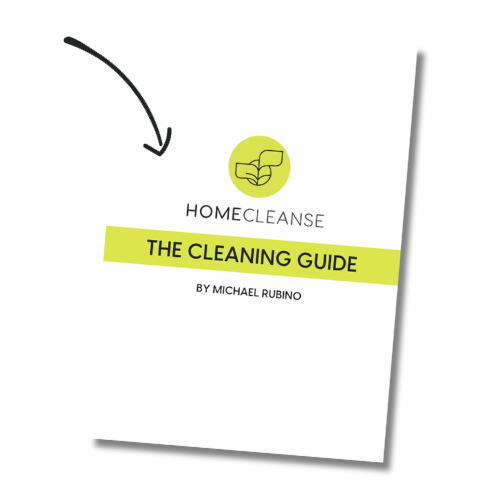
Dealing with a water-damaged home is an experience no one wants to suffer through. Between ruined belongings, structural damage, and the enormous emotional toll, it’s nothing short of a horrible situation. That’s also not even considering the rush to ensure you and your family are safe from whatever led to the water-logged home in the first place. Still, yet another piece of the puzzle that may not be considered nearly as often as it should be is mold after a flood.

This scenario can turn your home into a major health hazard.
Unfortunately, no home is immune to flooding. Natural disasters, excessive rain, damaged pipes, and structural issues are a few of the common issues that can lead to a home experiencing severe water damage. And with this watery event comes a list of problems, one of which is increased indoor contamination.
Any moisture in a home offers a perfect opportunity for indoor contaminants like mold to move in and begin causing mayhem. Flooding, in particular, creates a massive chance for this fungus to move in thanks to the level of water in question. Tack on the overall low awareness and consideration for this event, and it’s the perfect storm for a toxic environment to develop.
Avoiding this dangerous situation should be at the forefront of everyone’s home maintenance plans. Regardless of whether you live in a home or an apartment, near a body of water or right smack in the middle of a dry zone, and have a basement or no basement, knowing how to keep your home safe after any water-damaging event can ensure you and your family will continue to breathe easy.
Here’s everything you need to know to help safeguard your home from water-damaging events and how to prevent mold after a flood.
The first step anyone can take to protect their home from mold after a flood is to actively work to prevent water from entering the home in the first place. That way, there won’t be a moisture opportunity allowing for growth in the first place.
Steps to prevent flooding may seem like a pain, but it’s absolutely worth the extra effort—even if you think that flooding could never happen to you. For those in a flood zone, it’s incredibly important to knock off as many of the steps listed below as possible.
If you’re unsure whether you’re in a flood zone, check out this map on FEMA’s website.
For renters, you can use this as a guide to determine how prepared your property management team is to avoid your home becoming a toxic space. If they’ve taken no action to avoid water-damaging events and the health impact of mold after a flood, it may not be the property for you.
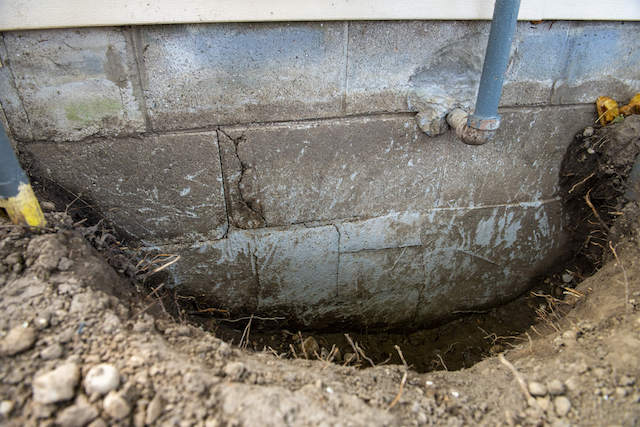

Having the correct insurance for flooding and mold is a crucial piece of the puzzle.
A key point to remember is that standard homeowners' and renters' insurance typically does not cover flood damage. Oftentimes, you need to purchase additional protection or look to the National Flood Insurance Program for assistance. That way, you’re covered for any unexpected events including mold after a flood.
Coverage for mold is also not standard in homeowners' and renters' insurance, so this should be another additional layer of protection added to any policy. It may be covered by flood insurance, but double-check to be sure. Also, pay attention to how much coverage is offered. Usually, the amount is around $10,000, which does not always cover the hefty price tag of remediation. That can leave you with a huge bill to decontaminate the space. Weaving in other policies like property damage, flood damage, loss of use, and personal damage can help mitigate what could be an expensive remediation treatment.
Even with all this protection, it’s important to look at what exactly those policies cover, the amount that you’ll receive for damages, and any specific exclusions prohibiting coverage. While this may seem like a lot of work or extra money, having extensive coverage can help you as a policyholder focus on rebuilding instead of fretting about the high cost or potentially cutting corners that will not resolve the toxic indoor environment.
For renters, insurance is a huge part of dealing with mold after a flood (and flooding in general), but the lease and local laws are also parts of the puzzle. Take a deep dive into what actions your landlord must take based on the lease agreement and your local laws. That way, you can have a plan in place for what to expect should a water damage event occur in your home.
It may also be worth it to discuss it with the landlord before any event happens so that you can have peace of mind that they have your health and wellness at heart. If you know their plan will not resolve the problem or deal with potential contamination, it may be time to consider a new location.
Unfortunately, protection for renters dealing with mold after a flood and mold, in general, is nowhere near where it should be. Getting this out of the way early on can help ensure that you’re covered should any issue pop up in the future. Otherwise, you could be looking at limited coverage and assistance for both ruined belongings and mold after a flood.
There are random scenarios, such as a burst pipe or faulty appliance, that can lead to flooding, but there are also times when you know beforehand that a serious water event will occur. Hurricanes, a heavy rain season, and rising water levels are a few examples.
In these instances, it’s important to have a plan in place so that you can start taking steps to protect your home and help prevent mold after a flood.⁴
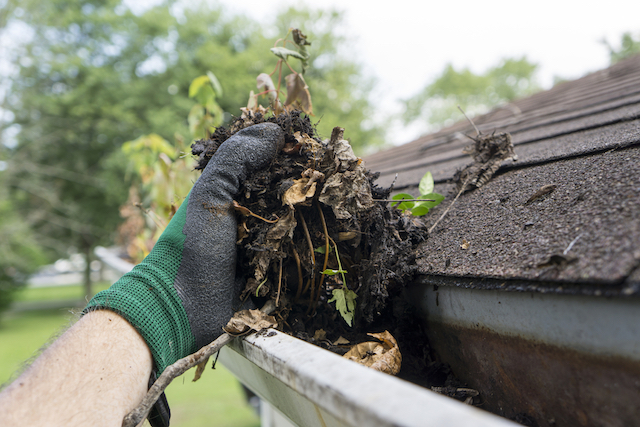
Install and activate sump pumps or french drains. These will help direct any pooled water away from the home so that it doesn’t continue to build up and cause mold after a flood. If possible, get a battery-operated backup pump as well, so that it can still be used in the event of power loss.
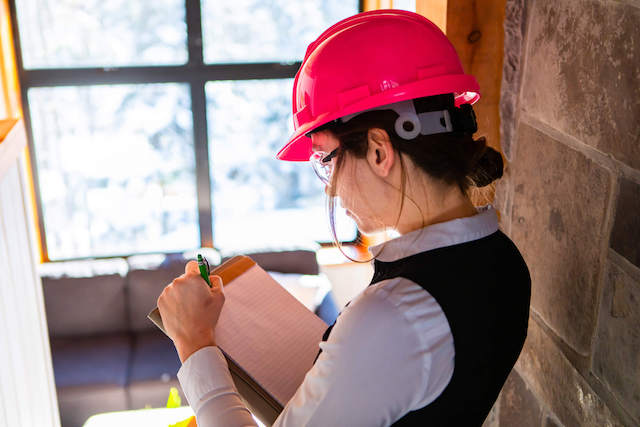
For more information on these steps, check out this blog post. From there, any necessary repairs can begin to be made and belongings replaced.
If any contamination is found in the home during the mold inspection, the best option is to call in a qualified remediation company to come in and decontaminate the space as soon as possible. The longer the mold is present in the building, the more particles it will release into the air, contaminating that indoor space. Deep cleaning to remove contamination should also be performed on all belongings in the building.
Replacing any porous structural items like insulation
Thoroughly decontaminating all semi-porous items such as wood
Having a professional assess appliances such as water heaters for issues
Hiring a professional decontamination team to come out and thoroughly clean the entire space
For renters, it’s a little more tricky to handle as you do not own the home and are subject to the property owner’s decisions.
Document any and all damage
Get in touch with the landlord to alert them to the problem
Contact the insurance company
Begin drying out the space as much as possible and cleaning all surfaces
Determine if a mold inspector will be coming by
Ensure any repairs are completed ASAP
Determine how the space will be properly decontaminated
From there, it’s up to the landlord to ensure that it’s once again a safe indoor environment and any mold after a flood event is handled.
If you’re concerned with how an event was handled, consult with a "toxic tort" attorney in your area who can advise you of your rights. Unfortunately, the rights vary from state to state, so you’ll need someone who is knowledgeable and able to handle specific regulations in your area. With these in hand, you can start down the right path to make sure you have safe housing.
As mold grows, it reproduces by releasing microscopic particles called spores into the air.⁷’⁸ Some species also produce microscopic toxins called mycotoxins, further adding to the particles within the space.⁹
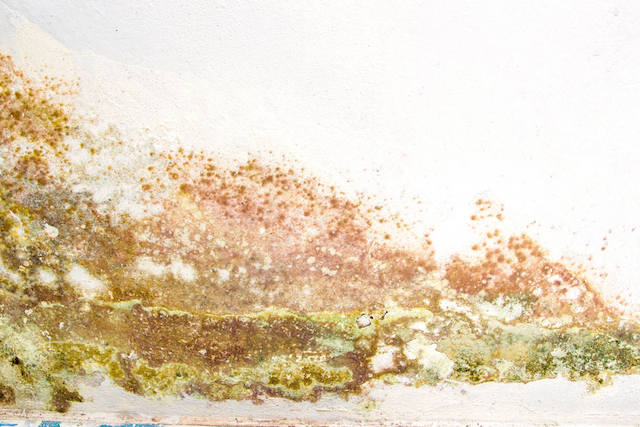
To make matters more toxic, bacteria can grow in the same conditions as mold and is often found right alongside colonies.¹⁰ When it comes to a flooding event, this is even more likely to occur. The water from outside could have mixed with sewage or come into contact with any number of things contaminated with bacteria, and then brings those particles right inside of the home. As you can imagine, that’s not exactly a healthy situation.
Thanks to modern building practices pushing for net-zero energy efficiency, there’s very little airflow between indoor and outdoor environments. This means that a majority of the particles released by the colony (or colonies) of mold will remain trapped within the walls of the building. The end result is a toxic environment due to high exposure to these contaminants.
Mold’s ability to affect health largely rests on the size of the particles in question. They’re so tiny that they’re measured in a unit called micron, which is 1/1000th of a millimeter (those tiny lines on a ruler). The EPA classifies these types of particles as particulate matter and breaks them down into two categories.¹¹
PM10: particles that have a diameter of around 10 micrometers or less.
PM2.5: fine particles that have a diameter of around 2.5 micrometers or less.
This small size means that they’re able to be inhaled, absorbed, and ingested into the body.¹² That’s where the health factor comes into play when it comes to mold after a flood. The longer exposure goes on, more and more particles will enter the body. While the immune system will attempt to keep up with getting rid of them, it can get bogged down and/or malfunction, leading to a long list of adverse health reactions.¹³¹⁴¹⁵¹⁶¹⁷ Related autoimmune conditions such as Aspergillosis, Chronic Fatigue Syndrome, and Mast Cell Activation Syndrome are also a concern.
Headaches and migraines
Muscle and joint pain
Chronic fatigue
Brain fog
Mood swings
Digestive issues
Runny nose
Hair loss
Rashes and skin conditions
Respiratory issues
The difficult aspect of exposure, though, is that no two people respond the same way. While one person may get a recurring headache, another may experience 17 symptoms and develop an autoimmune condition.
Much more research is needed to better understand how this indoor contaminant impacts the body, but it’s a tough subject to fully understand. Factors such as genetics, immune system status, presence of mycotoxins, species of mold, and presence of bacteria all play a role in how the body will respond to exposure.
The potential for chronic illness is why mold after a flood should be something every individual is aware of and strives to avoid. Otherwise, they could be subjecting their bodies to high levels of toxic exposure every time they spend time in the home. As some studies have shown, water-damaged buildings, in particular, can trigger a wide range of adverse health reactions.¹⁸¹⁹²⁰
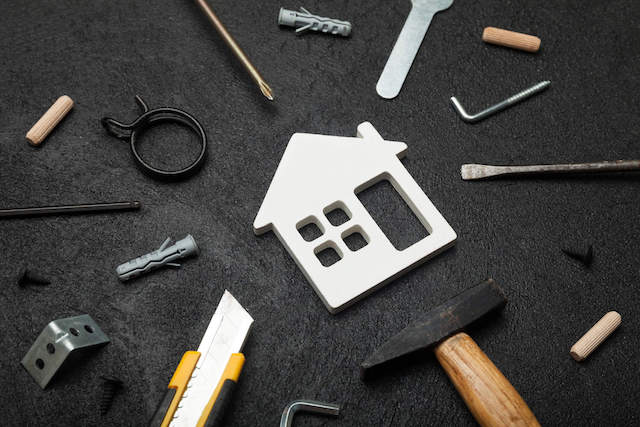
Life can throw some unexpected curveballs at you. Mold after a flood is definitely one of them! Having plans in place to tackle any water-damaging event can ensure your home doesn’t become a surprise toxic space for you and your family.
Awareness of this topic may not be as widespread as it needs to be, but that doesn’t mean you should suffer from the consequences of this current state of affairs. Going the extra mile can save you time, money, and potential adverse health effects from exposure to contaminants like mold and bacteria. It’s a win all around and absolutely worth the extra effort.
Health begins at home.™
A member of our team is here to help! Click on “Get Started ➤” below to book a consultation with a member of the HOMECLEANSE team. We have a few quick questions that will help us put together a roadmap to solve or prevent all of your mold problems.
Two minutes of your time could lead to better health for you and your family.

Add EC3 to every rinse cycle to rinse away mold, bacteria and musty odors from...
-
$23.00 SHOP NOW
Buy one Compact, get one free. Simply add one to your cart, and a second...
-
Original price was: $299.00.$199.00Current price is: $199.00. SHOP NOW
Turn your HVAC into a filtration system, removing 99% of ultrafine particles including airborne mold,...
-
$2,000.00 – $2,995.00 SHOP NOW
Take your cleaning to the next level buying all the tools we use to keep...
-
$299.00 – $549.00 SHOP NOW
Remove harmful pollutants that accumulate in the dust of your home. (Options available for renters...
-
$99.00 – $349.00 SHOP NOW
Micro Balance EC3 Mold Solution Concentrate is a natural botanical that removes mold spores, bacteria,...
-
$33.00 SHOP NOW
The Intellipure® Ultrafine 468 features our proprietary DFS technology, which traps and eliminates potentially harmful...
-
Original price was: $999.00.$499.00Current price is: $499.00. SHOP NOW
The Dust Test is a comprehensive at-home test that helps you identify mold and toxins...
-
$274.00 SHOP NOW
The Euroclean GD930HSP is a 4 Gallon Dry HEPA Vacuum that meets the EPA's standards...
-
Original price was: $849.00.$619.00Current price is: $619.00. SHOP NOW
Includes all the dehumidifier accessories you will need. Our Aprilaire E080 comes with a drain...
-
$1,499.99 SHOP NOW